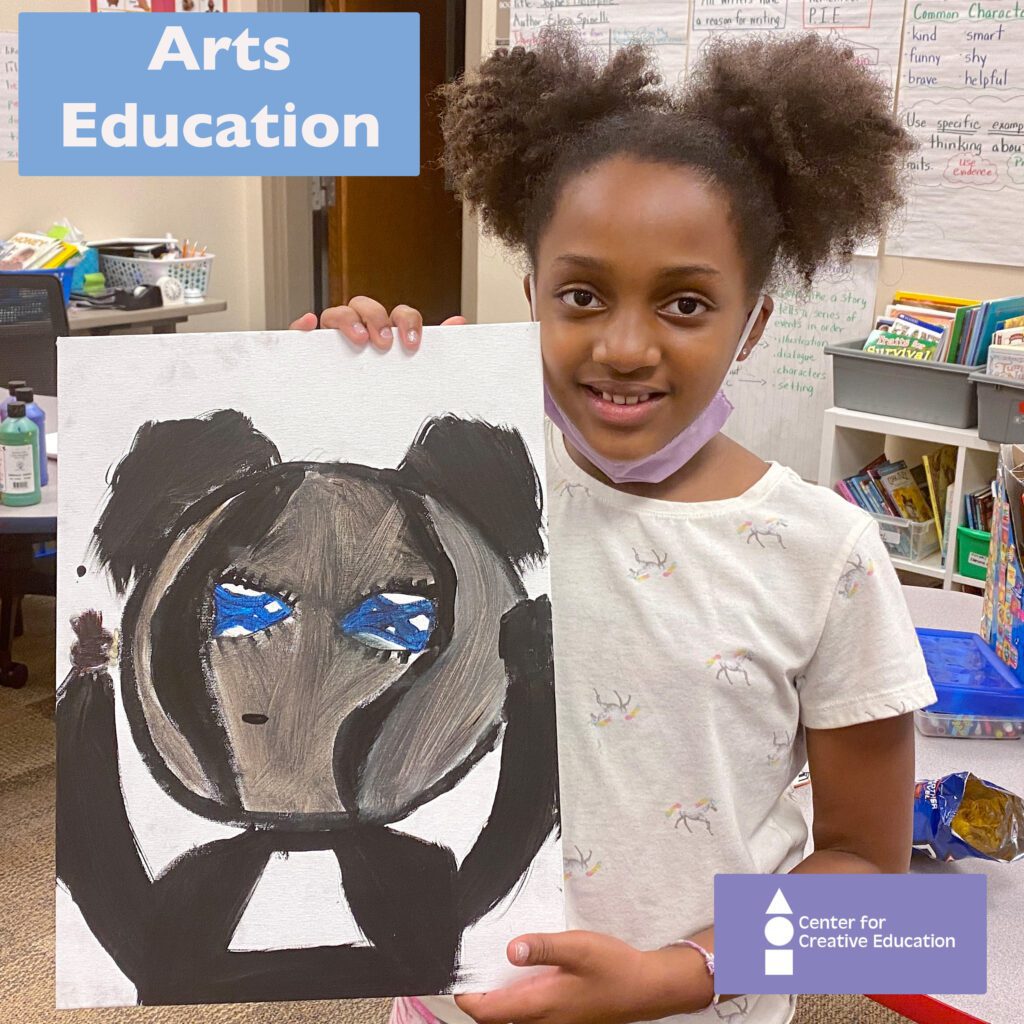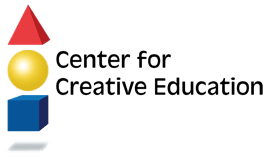Arts Education: A Global Conversation

Nearly 30 years ago, the Center for Creative Education was formed to combat the cuts to arts programs in Palm Beach County. While we are focused on serving the local community, this issue was never limited to PBC or even Florida—across the country, arts programs have struggled to survive. To this day, many students lack access to arts education.
This week, two conversations about the importance of arts education were held on two levels: the national level and the international level. Each conversation centered around a report, which explored the benefits of arts education and bolstering creative industries. Let’s break down those reports and how they’re relevant to our work at CCE.
Art for Life’s Sake by the Commission for the Arts
This week, the Commission for the Arts, which is part of the American Academy of Arts and Sciences, released two reports. One report, called “Art for Life’s Sake,” focused on the challenges facing arts education in the United States and why it is so important that governments at all levels step in to make sure that all children have access to arts education.
With three years of research, this report highlights a couple of key points. First, it gives a detailed picture of the benefits of arts education. The report finds that arts education builds well-rounded individuals, broadens our understanding of and appreciation for other cultures and histories, supports social and emotional development, builds empathy, reduces intolerance, generates acceptance of others, improves school engagement and culture, develops valuable life and career skills, and strengthens community and civic engagement.
The report also highlights the inequitable access to arts education. Their research found that while white students have had almost no decline in their access to arts education since the mid-1980s, Black and Hispanic students have experienced a sharp decline. Low-income students and students whose parents did not have a high school diploma and/or college education were also more likely to lack access to arts education.
This is a key aspect of our mission at the Center for Creative Education, and specifically with The Foundations School. We understand the benefits of arts education, and specifically, arts integration. We exist to serve low-income communities that otherwise would lack access to this sort of learning opportunity.
You can read the Commission for the Arts full report here.
A Global Agenda for the Cultural and Creative Industries
Another report, titled “A Global Agenda for Cultural and Creative Industries,” published by the Creative Industries Policy and Evidence Centre in partnership with the British Council, recommended 11 key policy actions to bolster creative industries. This report was the basis for a global conversation that took place in Dubai last week called the World Conference on Creative Industries.
The first of the 11 recommended policy actions is to recognize “the role that arts and culture play in developing creativity in individuals at all levels of education and training.” They go on to say that to achieve this “will mean integrating the arts and culture, alongside skills in science and technology, in every aspect of education and training.”
The report ties this action to five UN Sustainable Development Goals: no poverty, quality education, gender equality, decent work and economic growth, and reducing inequality.
You can read the full report here.
Conclusion
These reports tie CCE’s work to a national and international conversation. They recognize that arts education is critical not only to creating future artists, but to building creative minds that can serve all fields. This idea is at the core of CCE’s mission.
If you would like to contribute to ensuring that all children have access to arts-based learning, you can donate to CCE here.
